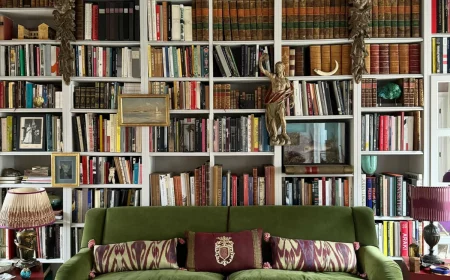Stop Giving Clutter: The Insider’s Guide to Gifting Decor They’ll Actually Cherish
For years, my world has been filled with beautiful objects. I’ve helped designers track down that one perfect piece, advised collectors on their next acquisition, and, most often, helped regular people find a meaningful gift for a wedding or housewarming. And honestly, that’s the hardest request of all.
In this article
A decorative gift is a high-stakes game. Get it right, and you’ve given someone a treasured part of their daily life. Get it wrong, and you’ve just handed them a beautiful piece of clutter destined for a closet. It’s a classic problem. We want to give something more thoughtful than what we can grab at a mass-market home store, but where do you even start?
The answer almost always lies with smaller studios and skilled artisans. When you give something handcrafted, you’re not just giving an object; you’re giving a story and a piece of someone’s passion. This guide is all about helping you find that perfect thing, focusing on quality and connection, not just fleeting trends.

First, Play Detective in Their Home
Before you even think about opening your wallet, you need to learn how to see. This is the step everyone rushes, but it’s the most important one. You have to become a quiet observer of your friend or family member’s space.
Here’s your mission, should you choose to accept it: The next time you’re at their place, discreetly open the notes app on your phone. Jot down 3-5 words that describe their home. Is it “warm, wood, plants, books”? Or is it more like “sleek, metal, minimalist, grey”? This 30-second exercise is your secret weapon, I promise.
What’s Their Material Language?
Pay attention to the materials they already surround themselves with. Look at their furniture, their light fixtures, even their serving bowls. Do they lean towards the cool, smooth feel of glass and metal? Or the warm, textured vibe of wood, ceramic, and linen? Someone with an oak dining table and linen curtains will probably connect with a piece of earthy studio pottery. On the other hand, a friend with a sleek, modern kitchen full of chrome might adore a piece of sculptural glass.
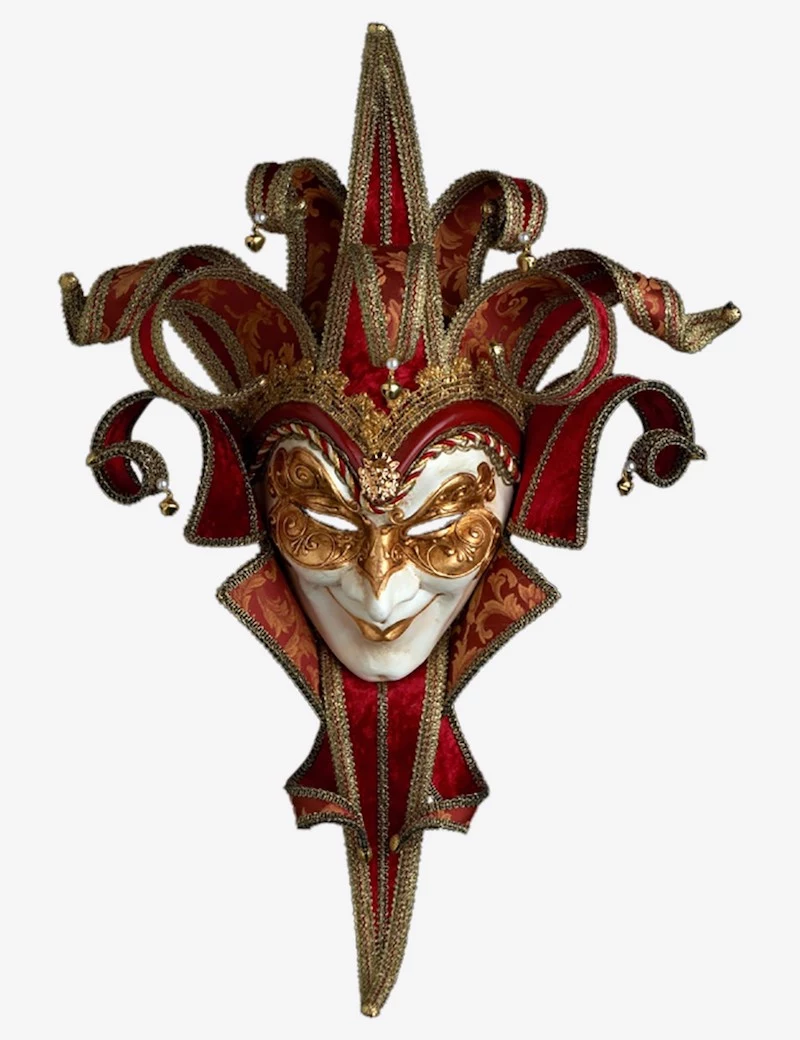
Decode Their Color Palette
Look past the main wall color and focus on the accent colors they use in pillows, art, and rugs. Are they drawn to earthy tones like terracotta and olive green? Or do they love a bold pop of primary colors or cool blues? The goal isn’t to match perfectly but to harmonize. For a neutral home, a single object with a splash of saturated color can be absolutely stunning. For an already colorful space, a piece in a complementary shade—or even a beautiful textured white—can be a welcome place for the eye to rest.
Think About Scale and Space
Heads up! The most generous gift can feel like a burden if there’s nowhere to put it. Notice the empty spaces. Do they have a spacious mantelpiece or wide-open bookshelves? Or is every surface already packed? If space is tight, think small. A gorgeous hand-carved box, a small glass paperweight, or a single, perfect artisan mug can have a huge impact. I once saw someone give an enormous painting to a friend in a tiny apartment. The gesture was huge, but it created an immediate problem, and the painting sadly ended up in storage. Scale is a sign of respect for their space.
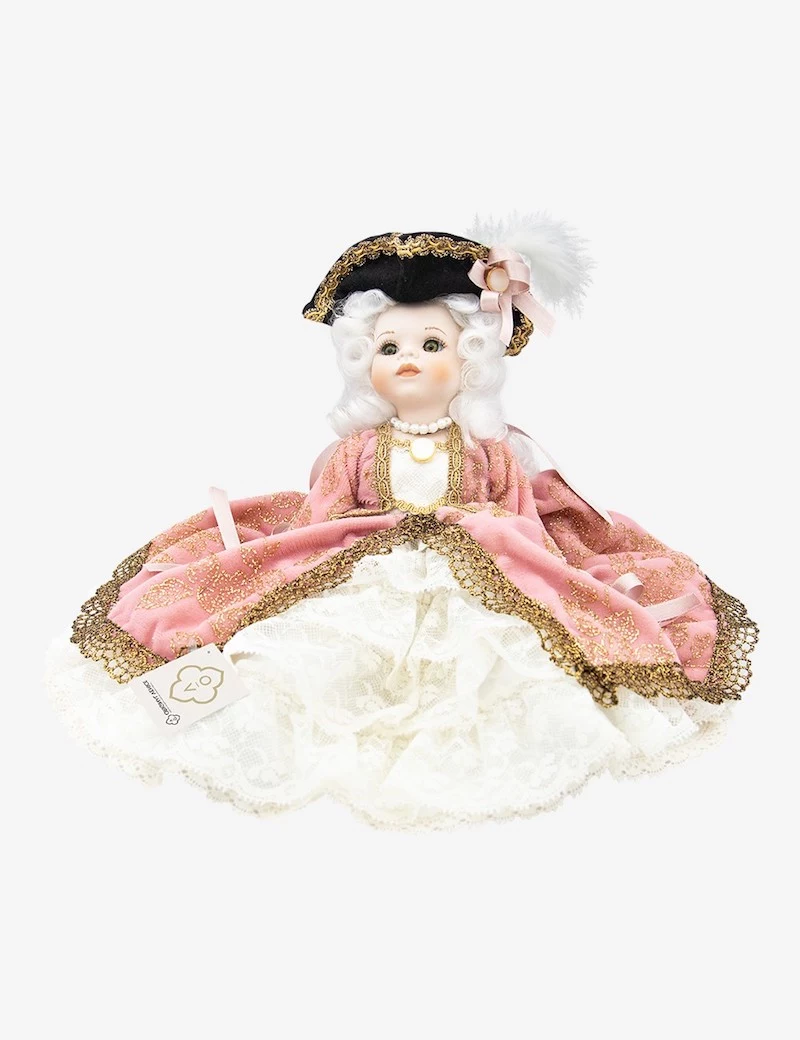
Oh, and a word of caution I learned the hard way: your taste is not their taste. I once found a stunning, ornate Italian ceramic plate that I was sure my minimalist friend would appreciate for its craftsmanship. I was wrong. It was beautifully made, but it had no place in her clean, unadorned home. A gift should feel like it was chosen for them, not just something you happen to love.
Let’s Talk Italian Craft: Spotting the Real Deal
Italy has an incredible, unbroken tradition of making some of the world’s most beautiful decorative objects. But the market is also flooded with cheap imitations. Knowing a few key things can help you honor the real artisans and get what you’re paying for.
Murano Glass: More Than a Name
The island of Murano has been a glassmaking hub for centuries, and for good reason—they perfected techniques that are still legendary today. Authentic Murano glass just feels different from generic colored glass.
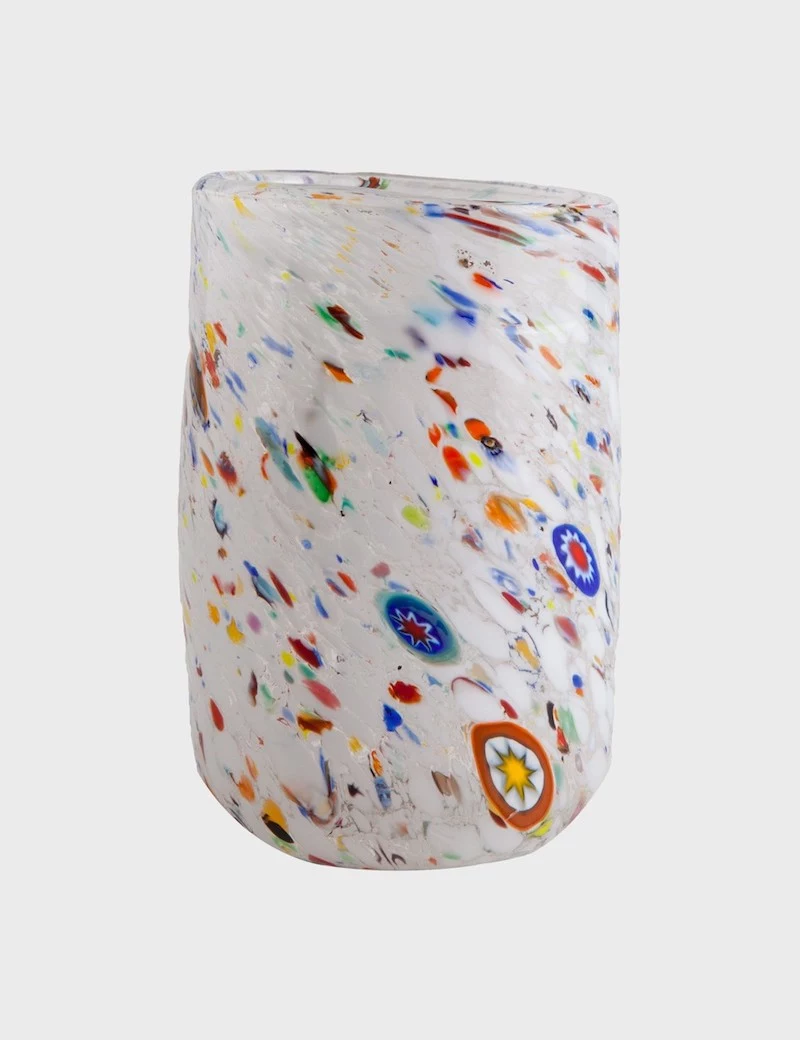
The magic is a combination of science and incredible skill. It’s made with pure silica sand and mineral oxides for color—cobalt for blue, gold for a deep, rich red. After being shaped in a furnace hotter than 2,500°F, the piece has to be cooled down slowly in a special oven in a process called annealing. If it cools too fast, it’ll literally shatter from internal stress. It’s an art form that demands precision.
Good to know: Look for these classic techniques:
- Sommerso (‘Submerged’): This is where different colors of glass are layered inside each other, creating a suspended, floating look.
- Millefiori (‘A Thousand Flowers’): You’ll see intricate flower-like patterns made from fusing tiny slices of colorful glass rods. The real deal has sharp, complex patterns, while knockoffs look blurry and simple.
- Avventurina (‘Adventure’): This is the one with glittery, metallic flecks mixed into the glass that sparkle when they catch the light.
So, how do you spot an authentic piece? First, flip it over. Look for a pontil mark—a rough, unpolished spot on the bottom where the piece was broken off the glassblower’s rod. A perfectly smooth bottom is often a sign of a machine-made item. Also, keep an eye out for the official Vetro Artistico® Murano trademark sticker. You can easily search for an image of it online to see what it looks like; it’s regulated by a consortium and is a good sign of authenticity. Buying from a reputable dealer who offers a certificate is always your safest bet. For a gift, you don’t have to break the bank. A small, genuine piece like a paperweight, a bud vase, or a single tumbler can range from $60 to $150 and makes a fantastic, accessible luxury.
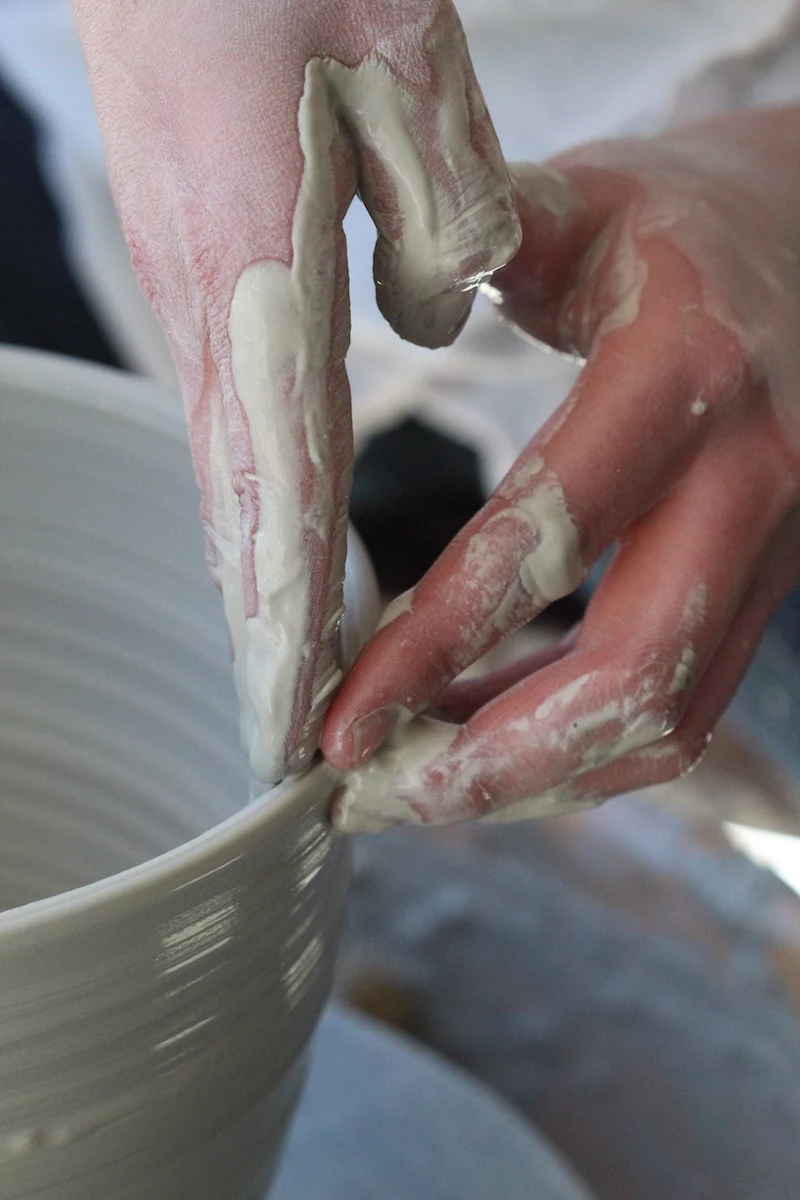
Italian Ceramics: The Beauty of Majolica
When you think of vibrant, colorful Italian pottery, you’re likely thinking of majolica. What gives it that signature brilliance is a special two-step firing process. First, the clay is fired into a porous ‘biscuit’. Then, it’s dipped in a white tin glaze, which becomes the canvas. Artists paint directly onto this chalky, absorbent surface—a tricky process where mistakes can’t be fixed. A second firing fuses the pigments and glaze, creating those deep, vibrant colors under a glossy, sealed surface.
Showing you know the regional differences is a nice touch. For example, pottery from Deruta is known for classic Renaissance patterns, while pieces from the Amalfi Coast (Vietri sul Mare) are more whimsical, often featuring lemons and fish. I once helped a client find a wedding gift for a couple who got engaged on the Amalfi Coast. We found a large, hand-painted serving platter from a small studio in Vietri. It was a beautiful, functional gift that also held a personal memory. That’s the magic formula.

Beyond Italy: Studio Pottery and Carved Wood
Of course, the world of handcrafted decor is huge. Broadening your search can help you find something that’s a perfect fit for anyone’s taste.
Studio Pottery: The Mark of the Hand
Studio pottery refers to pieces made by individual artists or small workshops, and you can really feel the maker’s touch in the work. This is a fantastic area for gifting because the styles and price points are all over the map.
Quick tip for an easy win: Head to a site like Etsy and search for “handmade ceramic mug” or “signed studio pottery.” Look for sellers with lots of great reviews and clear photos, especially of the base of the piece. You can find a truly unique, heartfelt gift for anywhere between $40 and $80 this way.
When you’re holding a piece, here’s what to look for. Check the bottom for a signature or a maker’s mark. The piece should feel balanced—not too heavy or flimsy for its size. And the glaze should be even, unless variations are clearly part of the design. A critical safety note: Not all pottery is food-safe. Decorative firing techniques like raku, for example, create a porous surface that isn’t safe for food or drink. Always ask the artist, and if you’re not 100% sure, just tell your recipient, “This is a decorative piece!” to be safe.
Hand-Carved Wood: Natural and Warm
Nothing brings a natural, organic warmth to a space like a piece of hand-carved wood. Olive wood has a stunning, chaotic grain and is great for things like salad bowls. Walnut is darker and more elegant, perfect for a keepsake box. When buying wood, especially an exotic type, it’s great to support artisans who use reclaimed or locally sourced lumber. A functional gift like a set of beautiful carved salad servers or a small decorative bowl, often available for $60 to $120, is almost always a welcome addition.
The Final Touches That Make It a Treasure
A great object becomes the perfect gift with a bit of extra thought and care.
Take Framing Seriously
Giving a framed photo or print can feel simple, but when done right, it’s a timeless gift. I’m not talking about a cheap frame from a big-box store; I mean professional, archival framing. Standard mats and backing boards contain acid that will yellow and damage the art over time. Pros use acid-free materials and UV-protective glass that acts like sunscreen, preventing the colors from fading. It’s an investment. Expect to pay anywhere from $150 to over $300 to professionally frame a medium-sized print. Yes, it’s more than a cheap frame, but you’re paying to ensure the gift doesn’t self-destruct in five years. The goal is to choose a simple frame that serves the art, not overpowers it. By the way, think beyond photos! I once helped a client frame a vintage silk scarf that belonged to her grandmother. It became a stunning piece of textile art, packed with history.
Commissioning a Piece: The Ultimate Personal Gift
For a really big occasion, you could commission a piece directly from an artist. This is next-level gifting, but it creates something truly one-of-a-kind. If you go this route, the key is to be a great partner to the artist.
A heads-up on timing: This is not a last-minute gift. Depending on the artist’s schedule and the project’s complexity, you should plan for at least 6 to 12 weeks from your first email to having the finished piece in hand. For popular artists, it could be much longer, so start early!
Here’s how to do it right:
- Do your homework. Find an artist whose style you already love. Don’t ask a minimalist potter to make you an ornate floral vase.
- Write a clear, polite inquiry. Be specific about the size, function, and any personal touches you’d like. And most importantly, be upfront about your budget. It respects their time and yours.
- Be ready for a deposit. It’s standard practice for artists to require a deposit, usually 50%, before they begin work.
- Agree on a timeline. Work with the artist to set expectations for the process, including any check-ins along the way.
Working directly with a creator is a collaborative process, and the result is a gift that has a story you both helped write. And that’s a gift that will never, ever end up in a closet.
Inspirational Gallery
What’s the biggest risk besides misjudging style?
Gifting something too large. A significant piece of art or a large vase can feel like an imposition, forcing your recipient to rearrange their space around your gift. The most cherished decorative gifts are often small and
The Artisanal Single: A hand-thrown ceramic mug from a studio like East Fork or a single, exquisite colored wine glass from Estelle Colored Glass.
The Big Box Set: A complete, mass-produced 12-piece dinnerware set.
Often, the single, perfect object used daily brings far more joy and a deeper sense of connection than a large, impersonal set that lacks a story.
If their home feels a bit too new or minimalist, consider gifting texture. A chunky, hand-knitted throw blanket, a heavily grogged ceramic vessel with a rough, sandy surface, or a set of stonewashed linen napkins from a brand like Parachute Home can add instant depth. Texture is the subtle layer that transforms a house into a warm, inviting home.
- It completely avoids the risk of getting their aesthetic wrong.
- It supports a small business or an independent artist you admire.
- It empowers them to select the perfect piece for their own space and needs.
The secret? A gift certificate, but not just any. Choose one for a specific, well-curated local gallery, a favorite ceramicist’s online shop, or a design-forward marketplace like Goodee or The Citizenry. It shows thoughtfulness in your choice of source.
The Japanese concept of wabi-sabi offers a beautiful lens for gift-giving, celebrating the beauty in imperfection and natural materials. It’s a philosophy that values authenticity over sterile perfection.
- Look for objects with a visible
Important point: When you gift an artisan piece, don’t let its story get lost. Many makers include a small card about their process or inspiration. If not, write one yourself. A simple note explaining,
A 2022 Etsy report found that searches for ‘handmade gifts’ increased by over 80% compared to the previous year.
This isn’t just a fleeting trend; it reflects a deep desire for connection and meaning. Gifting a handmade object shows you’ve invested time and thought, not just money. You’re giving a piece of a creator’s passion, a tangible story that can’t be found in a big-box store, which is a gift in itself.
A scented gift is wonderfully atmospheric, but a standard candle can sometimes feel impersonal. To elevate the idea, think beyond the wick. Consider a sculptural brass incense holder from a brand like Cinnamon Projects, a set of high-quality Palo Santo sticks, or an elegant reed diffuser with a complex, layered scent from a perfumer like Diptyque or Trudon.






